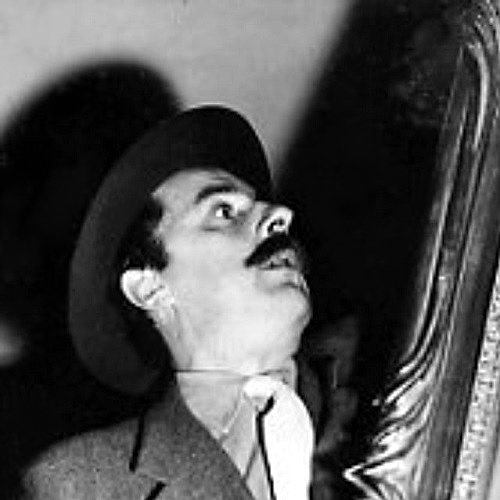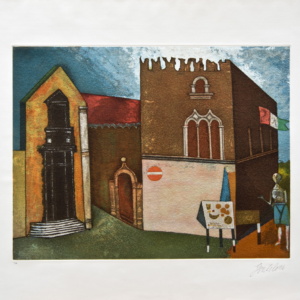Franco Gentilini

ART PRINTS
ARTISTS
Franco Gentilini was born in 1909 in Faenza, where he trained as a ceramist by attending Gaetano Ballardini’s courses. In the 1920s, when he undertook drawing studies at the Minardi school, he approached the poetics of Giovanni Romagnoli and the 19th-century Impressionists. His passion for this movement led him to Paris in 1930, where he stayed for a short period; in the same year he presented a work at the Venice Biennale at its 17th edition.
In 1932 he moved permanently to Rome and entered the literary milieu of La Terza Saletta, where he formed friendly and collaborative relationships with several established artists and literati. A flourishing and productive period began for the artist, characterized by numerous exhibitions in Italy and abroad.
In the Roman cultural milieu, the artist was influenced by the Baroque expressionism of Mario Mafai and the more rigorous lines of Giuseppe Capogrossi, and he developed a new technique in which drawing and painting came into harmony and took shape on textural preparatory backgrounds mixed with sand.
In the 1940s, Gentilini flanked his painting with an intense graphic production, collaborating with several magazines, such as Primato and Documento. The artist participated in numerous festivals and exhibitions in which he confirmed his artistic ability so much so that, in the following years, he obtained significant prizes and public recognition; worth mentioning is the Premio Presidente della Repubblica awarded by the Accademia di San Luca in 1968.
He died in 1981, leaving a substantial artistic legacy, an indication of the great industriousness that characterized his production. His works are part of important public and private collections.



